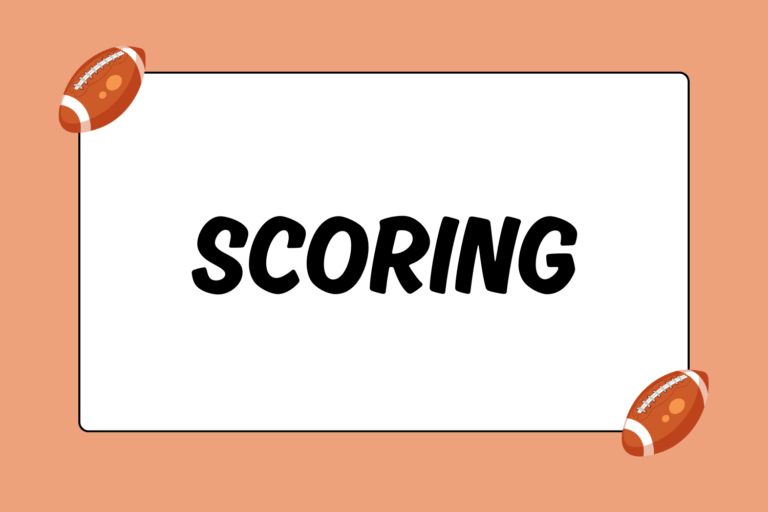Playing defense in football requires a flexible strategy. It’s impossible to know exactly what play the offense is going to run, so a certain element of adaptability is crucial to being successful on defense. Still, teams do incorporate a structure into creating a defensive strategy; much like offensive receivers run predetermined routes based on the play that’s called, defensive players have specific individual responsibilities as well. This guide identifies and explains the two categories of pass coverages used today: man coverage, and zone coverage.
Man Coverage
Man Coverage, also referred to as man-to-man, gets its name from the type of strategy used to defend passing plays. For each offensive receiver on the field, a specific defensive player will be assigned to guard him; in other words, one man is dedicated to covering one receiver. Offenses will occasionally use non-receivers (such as running backs) to catch passes, but even in those cases, there is usually a defensive player whose first responsibility is to watch players in the backfield in case they become receivers.
The main characteristic of man coverage is both its greatest strength and most exploitable weakness:
- The advantage is that man coverage is relatively easy to execute. Defenders have one specific assignment, and there’s very little guesswork aside from determining the route that the receiver will run.
- The disadvantage is that initially there is only one defender covering a receiver, which means if that receiver beats the defender, there is no additional support.
If there are enough defensive players available, teams will commonly assign more than one defender to cover a particularly talented receiver; this is referred to as double coverage.
Mental Edge
To expand on the brief introductory description, the term ‘pass coverage’ refers to the arrangement and responsibilities of defensive players whose first job is to disrupt passes from being completed. However, pass defense is not their only job; when the offense starts a play and it turns out to be a run play, the defensive players will shift from their pass responsibilities to helping the other defenders stop the run.
Zone Coverage
Zone Coverage is a strategy that assigns pass defenders to cover specific areas of the field, rather than specific players. The size and placement of these zones vary a bit depending on the specific zone coverage being used, but a few aspects remain pretty constant:
- Zones in the middle of the field are longer and narrower, while zones closer to the sideline are shorter and wider.
- Safeties occupy the deeper zones, while cornerbacks and linebackers (and sometimes defensive ends) handle zones closer to the line of scrimmage.
The strengths and weaknesses of the zone coverage are a direct result of its natural ambiguity. Because the field is broken up into different areas, when a receiver runs near two different zones, he’s essentially being covered by two defenders. However, this also means that defenders must be able to read and react to a situation very quickly; if two receivers happen to be in the same area, the defenders must be able to cover both of them without leaving their zone assignments. A mistake in zone coverage can lead to an easy pass completion.
Hot Tip: Know the Lingo
Anytime a defensive coverage is referred to as ‘Cover __’ with a number attached, that number indicates how many defensive players are providing deep zone coverage.
Types of Zone Coverages
Although there are many different varieties of zone coverage, most of them stem from two basic types — the Cover 2 and the Cover 3.
- Cover 2: Both safeties are in deep coverage, responsible for defending the entire field behind the corners; the strong safety covers the strong-side half of the field, and the free safety covers the other half. The remaining defenders involved in pass coverage (usually four or five players) will be arranged across the field between the safeties and the line of scrimmage.
- Cover 3: Basically this is a Cover 2 with one corner dropping back into deep coverage. Usually the free safety will take the middle/deepest zone, with the strong safety and corner occupying zones to either side of the free safety. These zones are slightly closer to the line of scrimmage.
- Hybrid Coverages: It’s very common for defenses to mix elements of both man and zone coverages. One example is the ‘Cover 2 Man Under’ coverage, which has both safeties in deep zone coverage, and the corners and linebackers in man coverage.
One type of zone coverage that’s become increasingly popular in the NFL recently is the Tampa 2 defense, which essentially combines the Cover 2 and Cover 3 formations. The Tampa 2 places both safeties in coverage similar to Cover 2, but moves a middle linebacker into a position to cover the middle of the field in front of the safeties. This allows both corners to help defend the outside zones. However, success with the Tampa 2 hinges on the ability of the middle linebacker to handle mid-range pass coverage, and not all linebackers have that ability.
Coverage Success
Defenses must be able to use both man and zone coverages when defending against a passing attack. Just as it would become much easier on the defense if the offense ran the same play over and over again, it would be simple for the offense to take advantage of a defense that repeatedly used the same coverage. The more coverages a defense can execute with confidence, the easier it will be to neutralize a passing attack.





